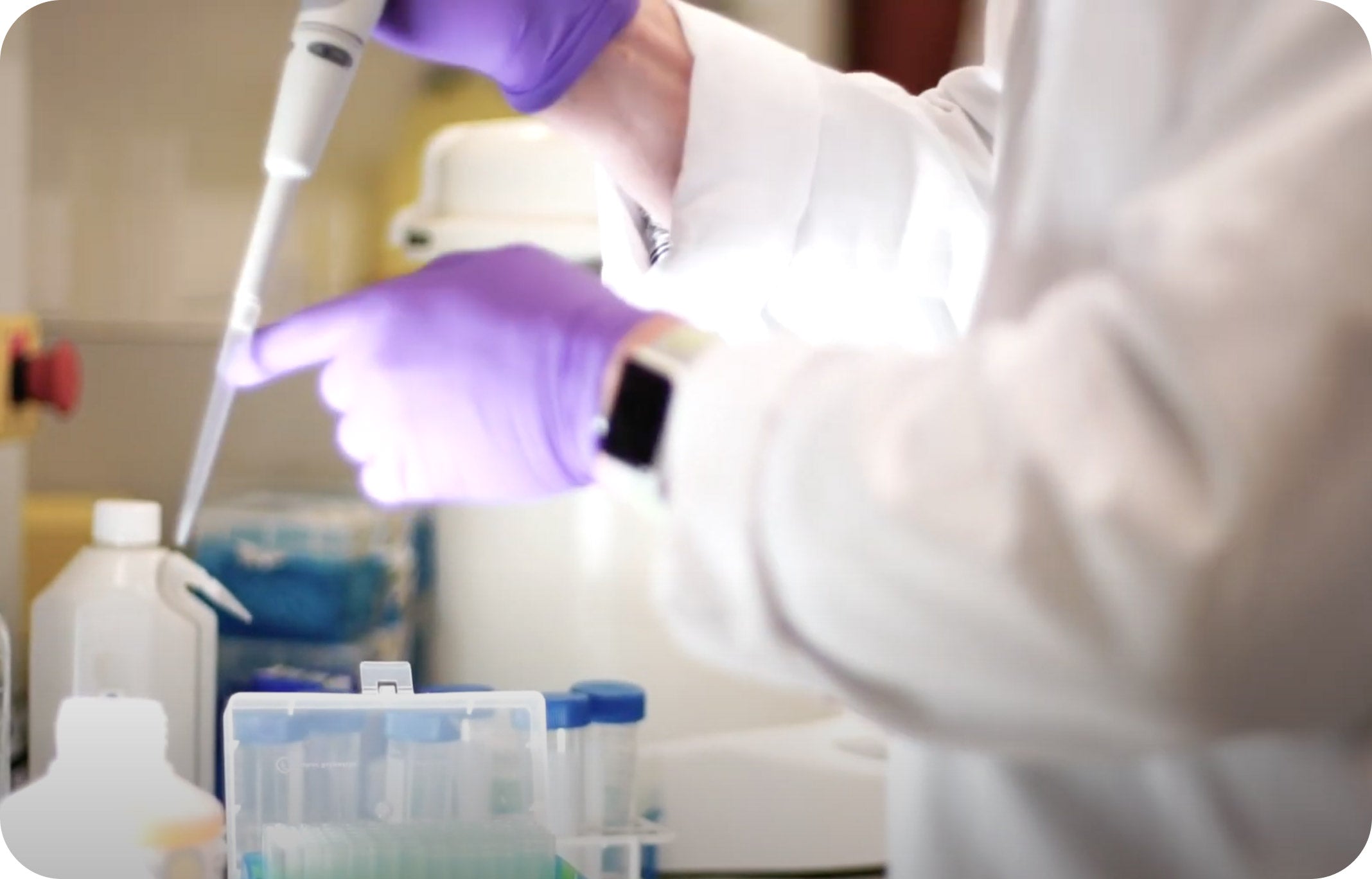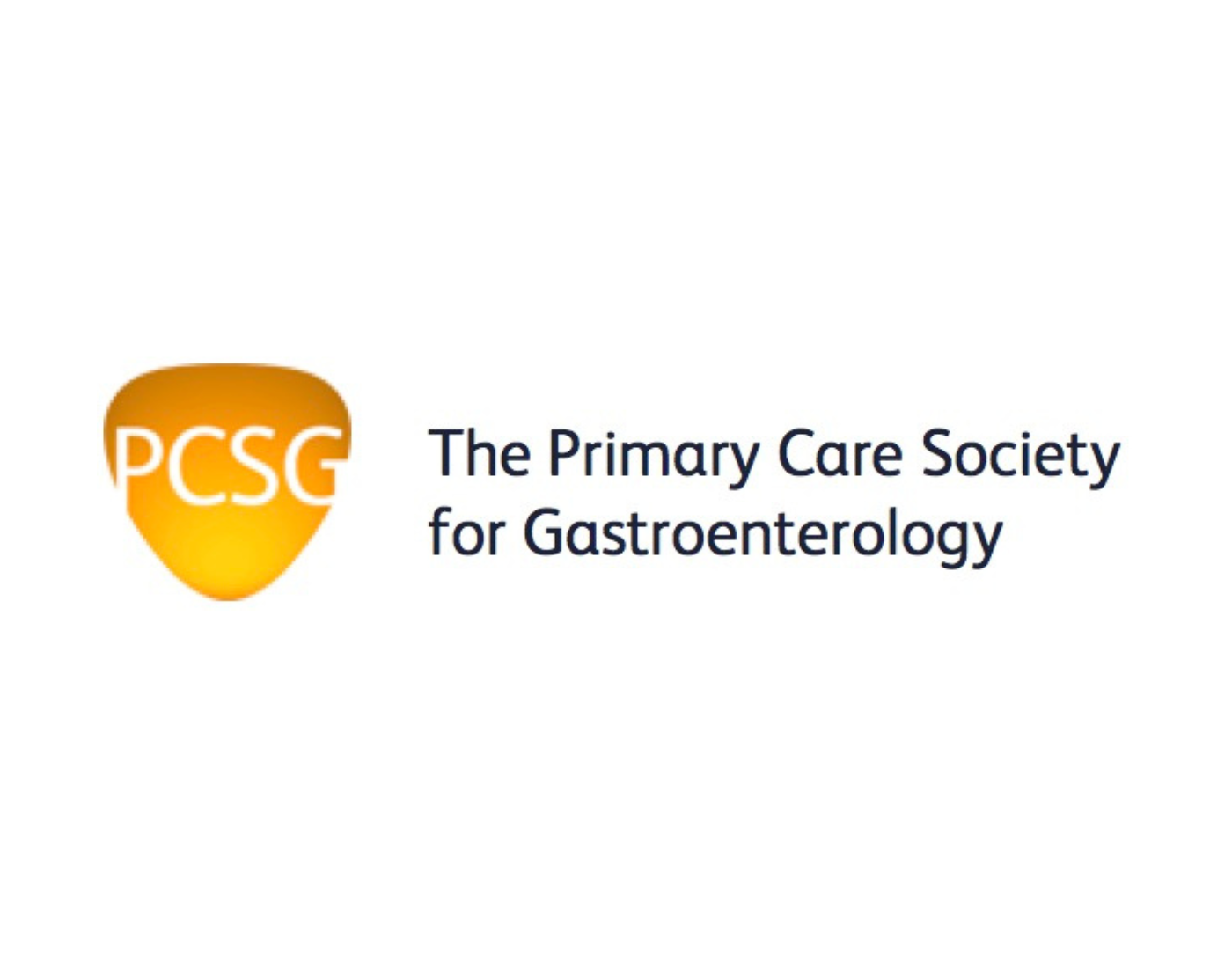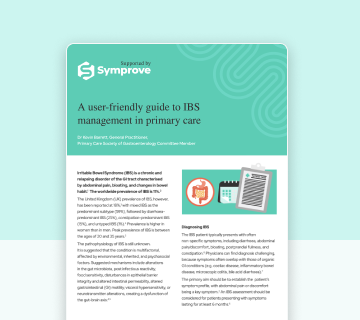#1 Probiotic for healthcare professionals
New research has shown that Symprove is the probiotic most recommended by gastroenterologists, dietitians and GPs.1* Why? Because it's proven in randomised controlled trials at leading institutions, and 92% of people report a difference in real-world.2-5

Why water is life for our bacteria
Symprove multi-strain bacteria are suspended in a unique water-based solution to ensure they're metabolically active and quickly pass through the stomach with limited exposure to gastric juices.6
- ARRIVE: 10 billion live colony forming units (CFUs) per dose6
- SURVIVE: Pass through the stomach in <10 minutes6
- THRIVE: >99% of live bacteria consumed reach the colon6

Trial Symprove
50,000 people have already started Symprove based on the recommendation of their healthcare professional.1*
Book a 20-min virtual session to hear the evidence behind Symprove, receive a free trial and get exclusive discounts for your patients.‡ Can't find a suitable time or prefer a 1-2-1 session? Book a personal meeting.
Recommended by clinical and scientific experts
Educational resources
Here's the latest...
- Data on file, 2024.
- Sisson G, et al. Aliment Pharmacol Ther 2014;40(1):51–62.
- Kvasnovsky CL, et al. Inflammopharmcology 2017; doi: 10.1007/s10787-017-0363-y.
- Bjarnason I, et al. Inflammopharmacology 2019;27(3):465–473.
- Rudland S, et al. Journal of Primary Care and General Practice 2021:4(4).
- Fredua-Agyeman M, et al. Benef Microbes 2015;6(1):141–51.
*Based on external survey (n=432 healthcare professionals), conducted and independently analysed by specialist research agency, 2024.
†New customers who have purchased Symprove based on a healthcare professional recommendation since January 2020.
‡Offer valid for healthcare professionals who have not previously received a free Symprove trial.



















